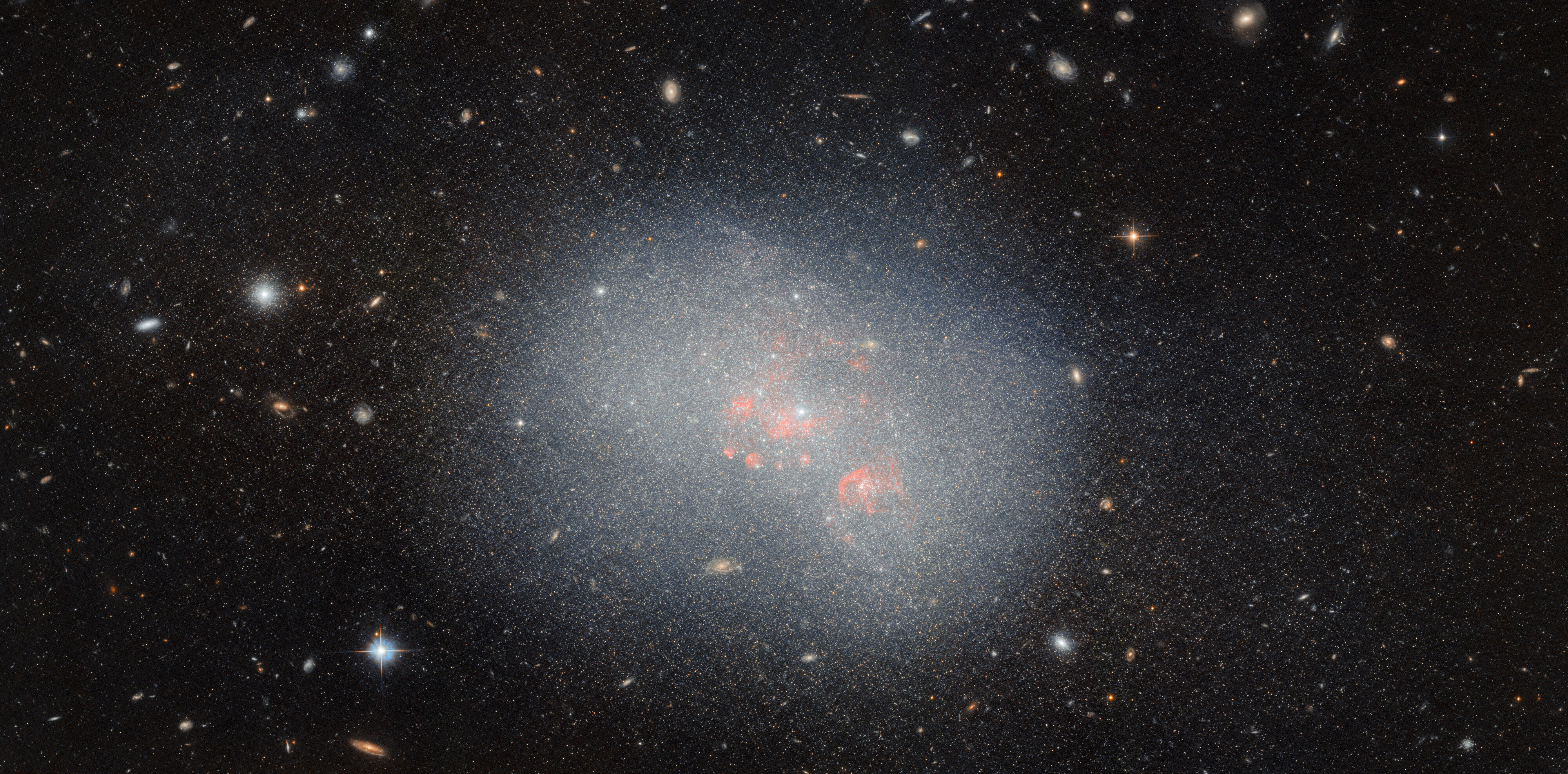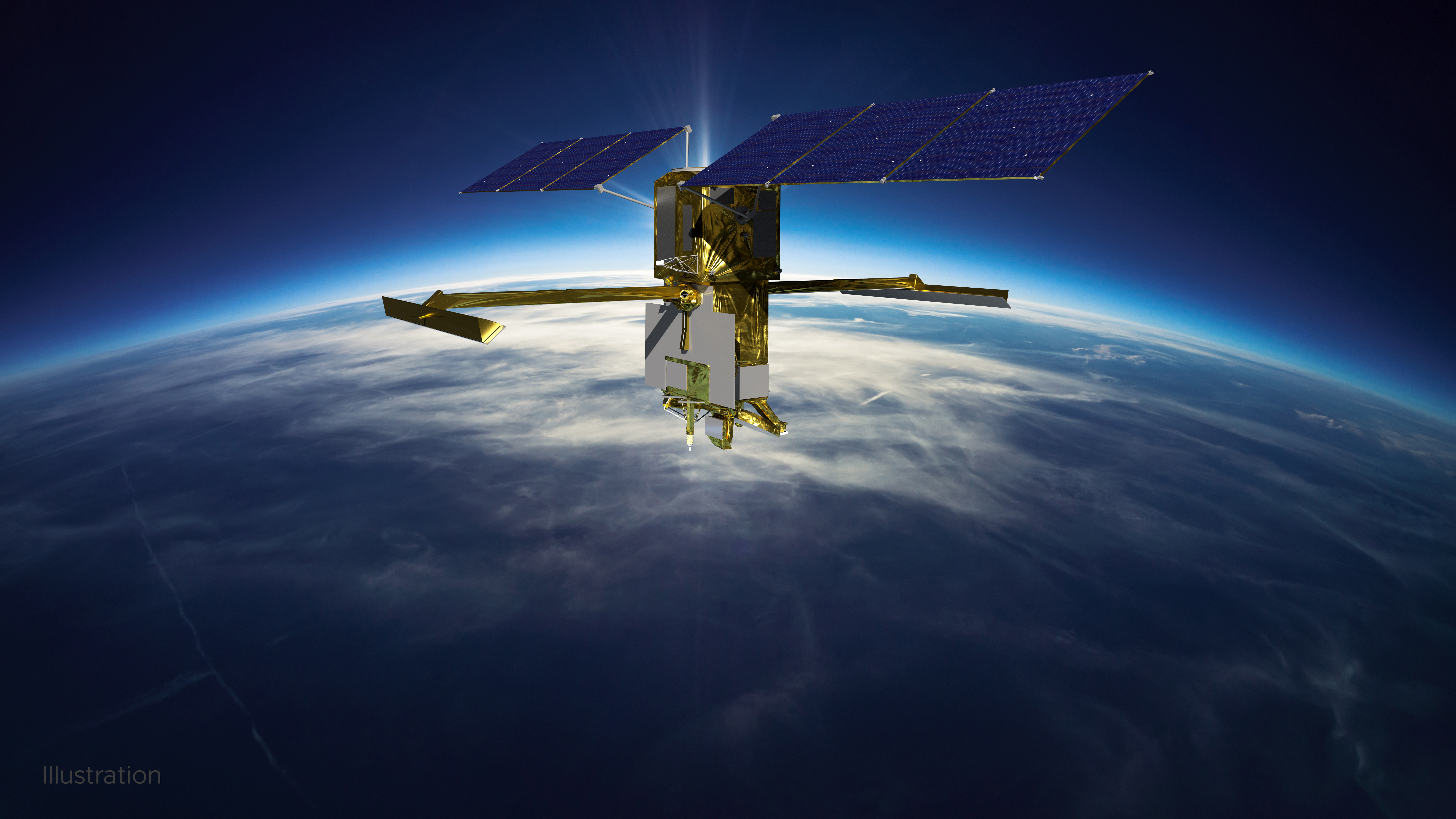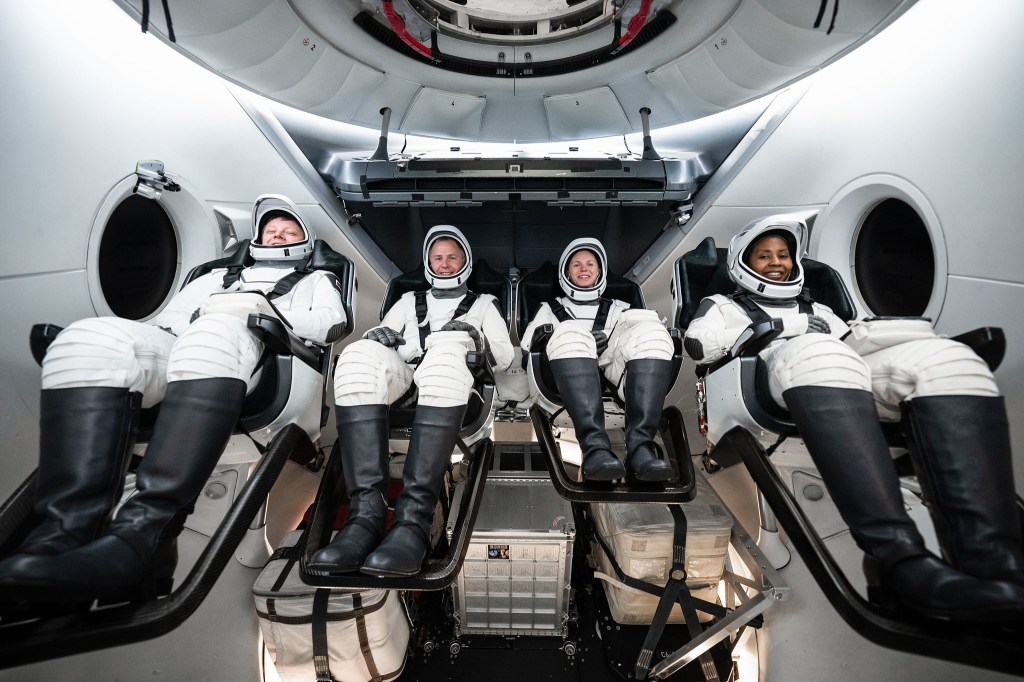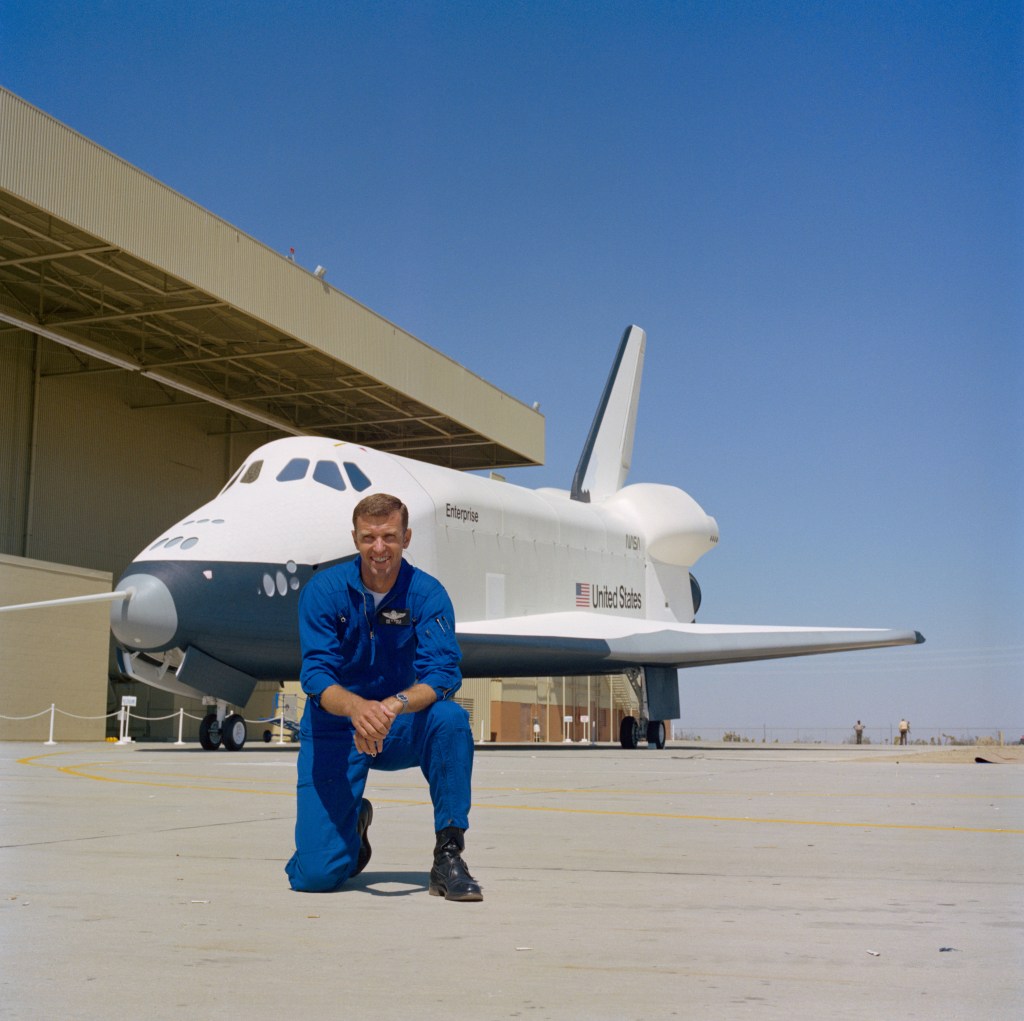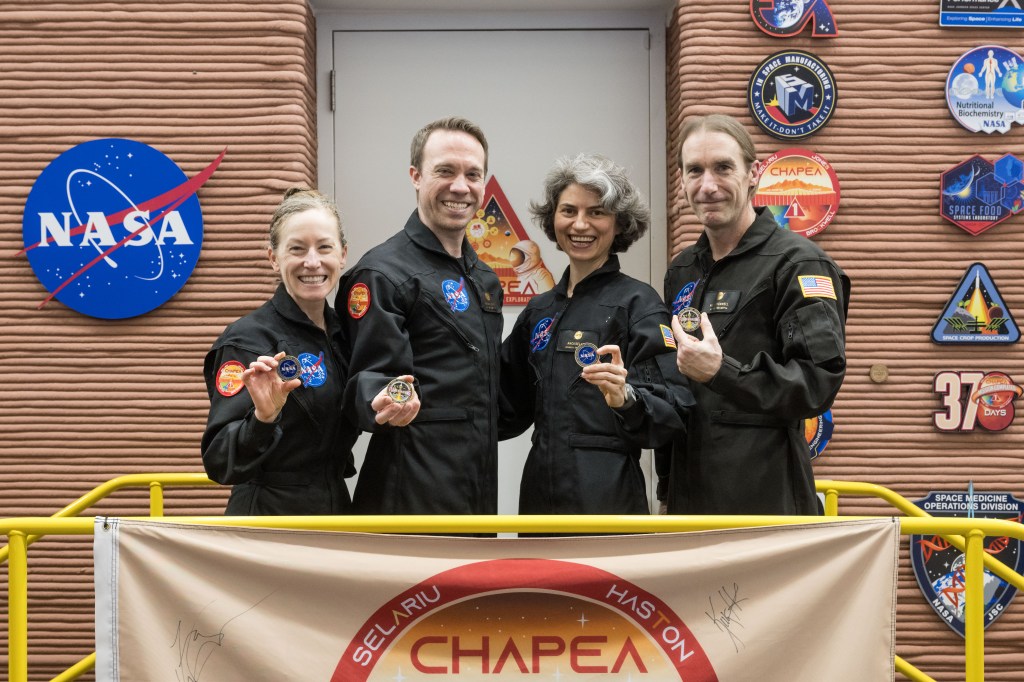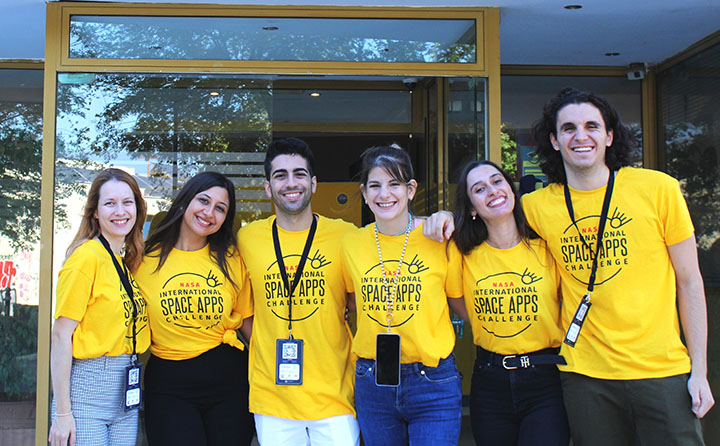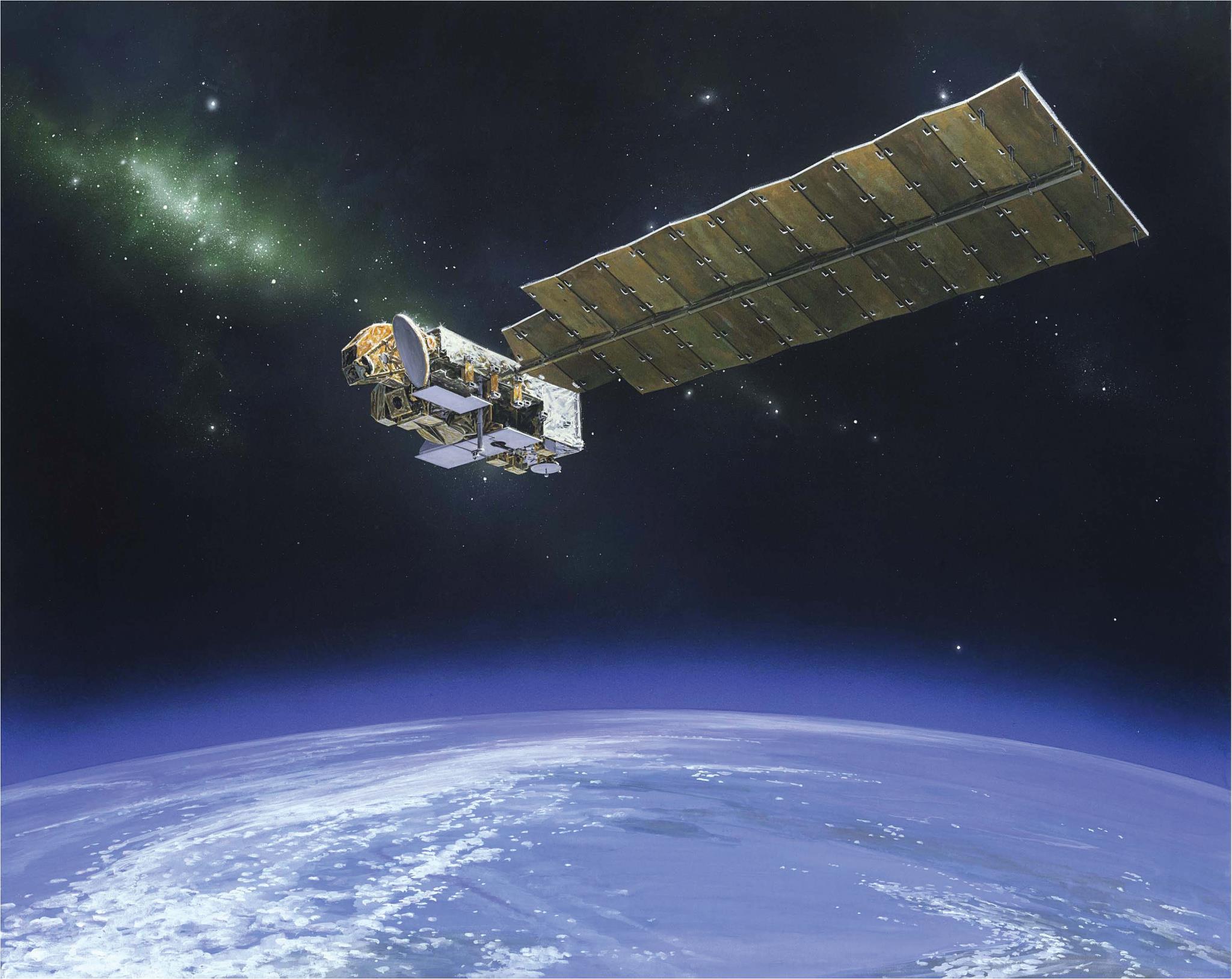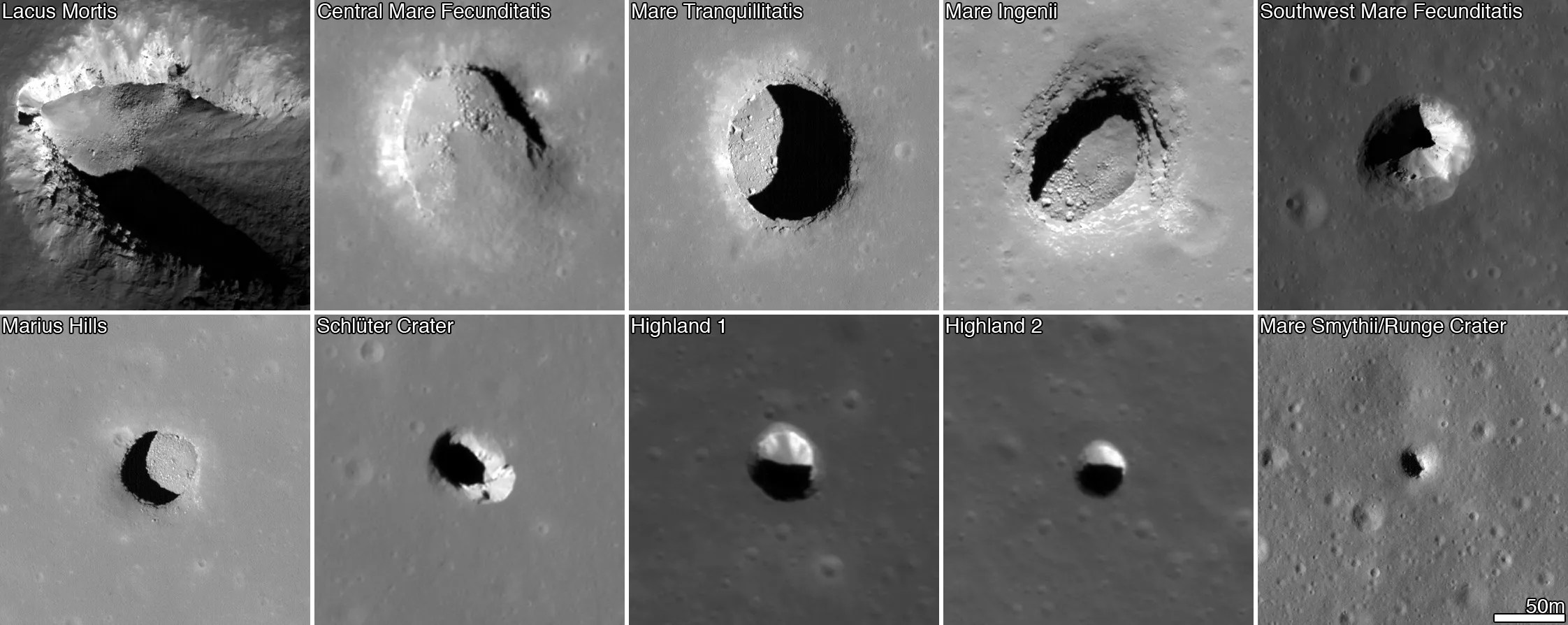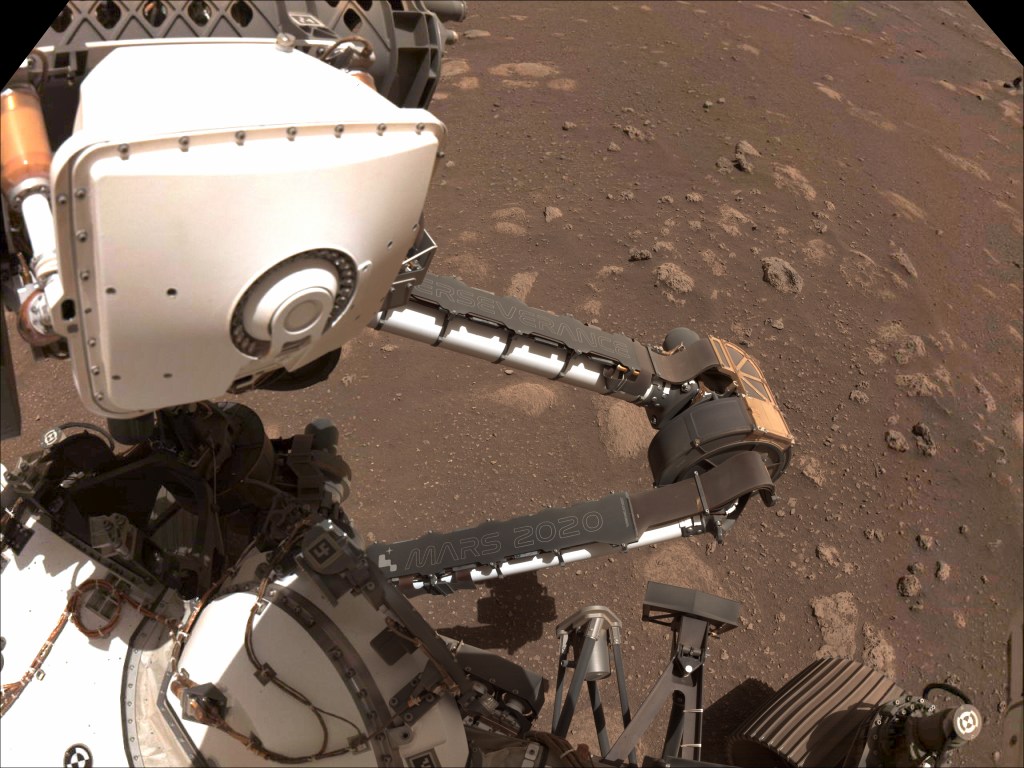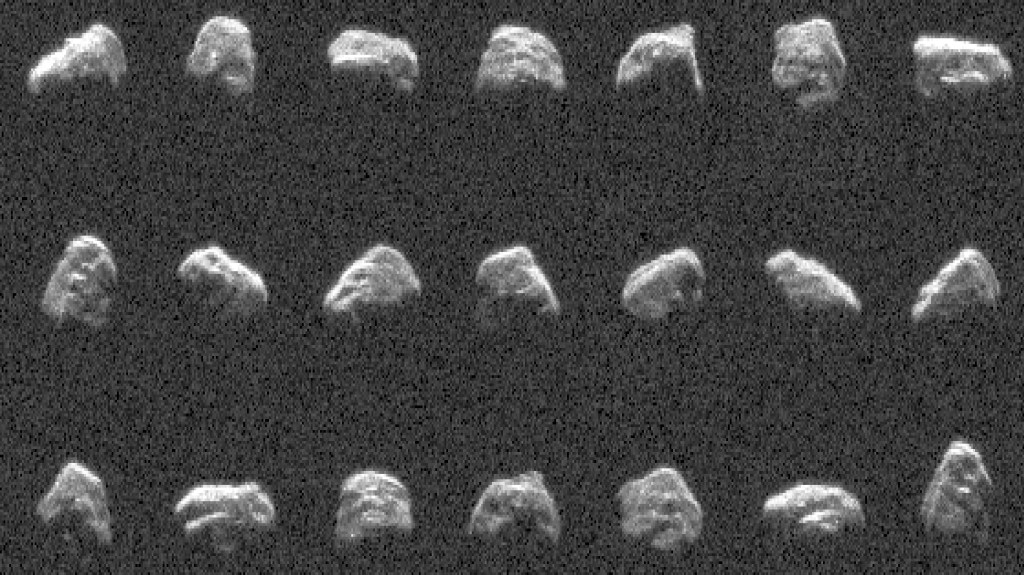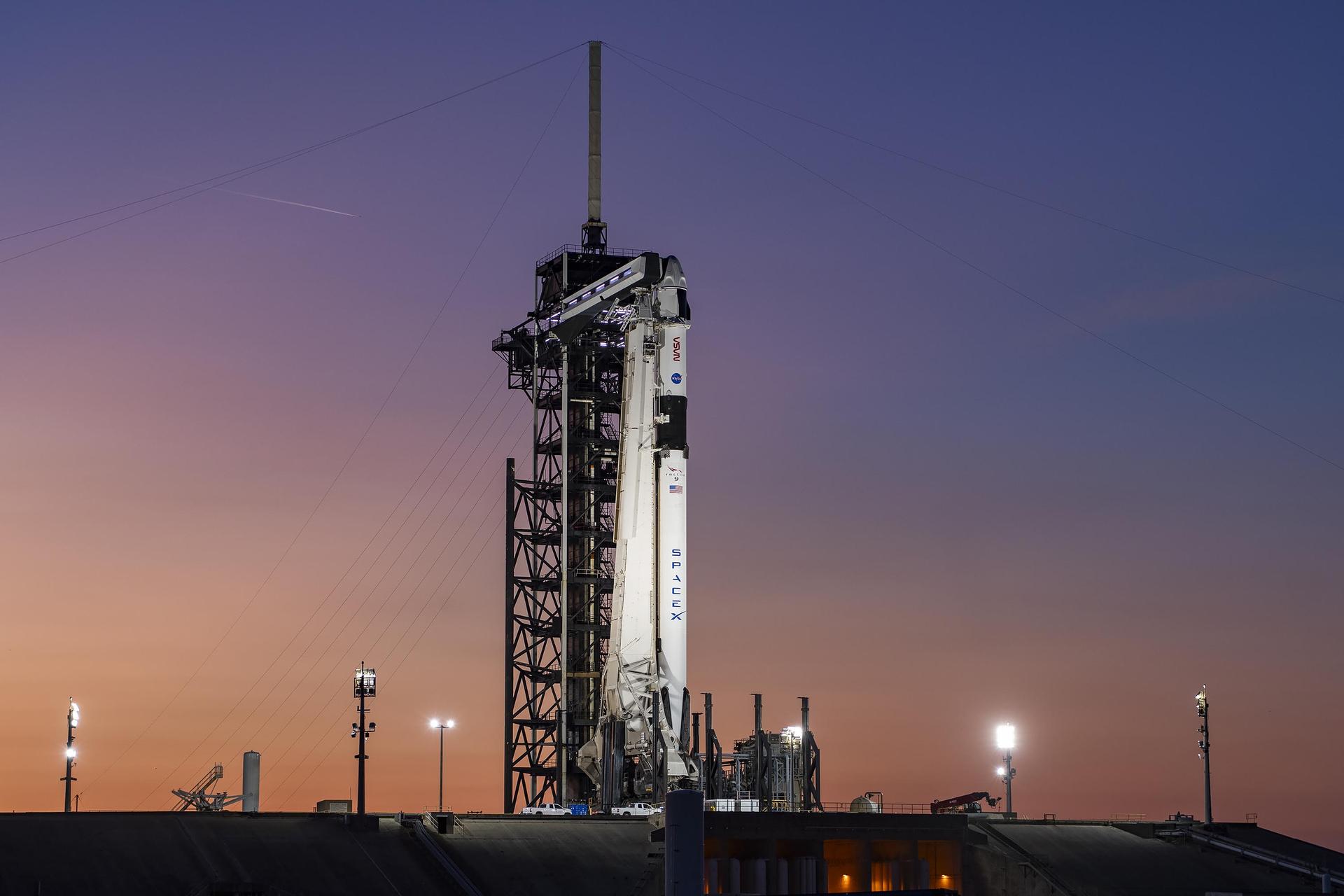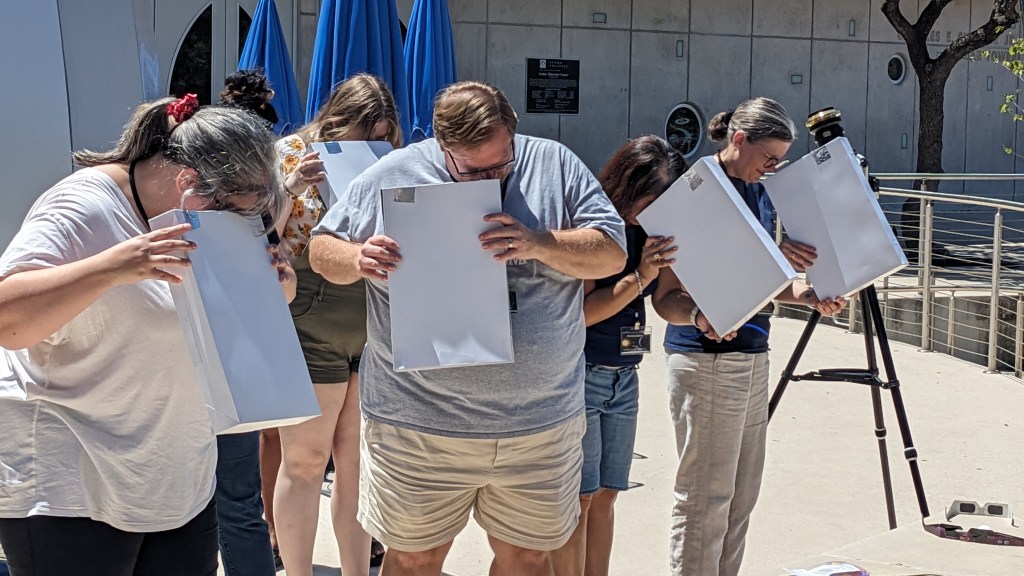Five small high-technology firms have been selected by NASA Dryden Flight Research Center to receive research and development contracts under Phase II of NASA’s Small Business Innovation Research (SBIR) program.
The five firms’ proposals were among 140 selected for funding by NASA overall under the agency’s 2004 SBIR program, and are valued at up to $600,000 each over a two-year performance period. The proposals fall into two research areas defined in the SBIR process, airspace systems and vehicle systems.
The firms and the titles of their winning proposals include:
-
Kalscott Engineering Inc., Topeka, Kan., Network Centric Transponders for Airspace Integration of UAVs
-
Rolling Hills Research Corp., El Segundo, Calif., Revolutionary Performance for Ultra Low Reynolds Number Vehicles
-
Continuum Dynamics Inc., Ewing, N.J., Distributed Flight Controls for UAVs
-
Zona Technology Inc., Scottsdale, Ariz., Model Updating Nonlinear System Identification Toolbox
-
Research South Inc., Huntsville, Ala., Unstructured Mesh Movement and Viscous Mesh Generation for CFD-Based Design Optimization
Rodney Bogue, NASA Dryden’s SBIR program manager, said the selections were based in part on each firm’s performance under an earlier Phase I SBIR contact.
“Phase I awards support evaluation of the scientific or technical merit of a proposed concept, and are funded up to a maximum of $70,000 for a six-month period,” Bogue explained. “Phase II selections are made from high-performing Phase I projects, and are oriented to development of a marketable product. Between 40 and 50 percent of Phase I contracts are selected for the Phase II follow-on.”
Those firms successfully completing work under at Phase II grant may apply for the third phase of the SBIR program to commercialize their product or service. Phase III requires the firms to obtain private financing or non-SBIR federal funding.
Overall, 124 small, high-technology firms in 34 states will share in about $84 million in SBIR Phase II contracts awarded by NASA this year, with several receiving more than one contract. The 140 projects funded were selected from 273 proposals submitted by firms completing SBIR Phase I projects. Each proposal was evaluated to determine if it met SBIR Phase I objectives and if it was a feasible research innovation to meet the aerospace agency’s needs. Additionally, the proposals were chosen based upon technical merit and innovation, commercial potential, and company capabilities.
The NASA SBIR program is intended to stimulate technological innovation, increase the use of small business – including women-owned and disadvantaged firms – in meeting federal research and development needs, and increase private-sector commercialization of innovations derived from federally funded research. The program is managed at NASA’s Goddard Space Flight Center, Greenbelt, Md., with oversight from NASA Headquarters, Washington, D.C. Individual SBIR projects are selected and managed by each of NASA’s 10 field centers.
A complete list of all of the companies selected for an SBIR Phase II award this year is available on the Internet at: http://sbir.nasa.gov.
SBIR Phase II project summaries
-
Kalscott Engineering Inc., Network Centric Transponders for Airspace Integration of UAVs
Kalscott’s contract calls for the firm to develop a miniaturized network-centric transponder that would give the pilots or operators of unmanned air vehicles (UAVs) improved situational awareness. This would support safe integration of UAVs into the national airspace at a level of safety equivalent to that currently existing with manned aircraft. The Phase II contract will culminate in flight tests of the proposed equipment.
-
Rolling Hills Research Corp., Revolutionary Performance for Ultra Low Reynolds Number Vehicles
The contract calls for the firm to refine an approach to control the transition from smooth to turbulent airflow in conditions of low Reynolds numbers (low speed flight at high altitude). The novel transition control technology was shown to reduce aerodynamic drag penalties by as much as 35 to 60 percent when compared to traditional techniques, and increasing to as much as 190 percent at off-design conditions. The commercialization potential for the technology is extremely promising, with possible applications to micro unmanned air vehicles, high-altitude long-endurance aircraft, Mars exploratory flyers, and propeller systems.
-
Continuum Dynamics Inc., Distributed Flight Controls for UAVs
The contract calls for the firm to continue developing a novel actuator for flight control applications based on shaped memory alloy (SMA) wires that provide considerable weight, power, and volume reduction over existing techniques. This capability will enable designs with lower aerodynamic drag and improved fuel efficiency, thereby increasing aircraft range and endurance. Since no physical hinge joints are required, the actuators may be embedded directly within aircraft lifting surfaces, thereby eliminating interference drag associated with control deflection.
-
Zona Technology Inc., Model Updating Nonlinear System Identification Toolbox
The contract calls for the firm to refine a non-linear model methodology to arrive at improved flight flutter identifications that are rapidly validated with aeroelastic flight data sets. A parallel conventional technique will identify the underlying nonlinear structure of the dynamic system. This framework is capable of accounting for several nonlinearities including those due to aerodynamics, structures, control/actuator, and/or geometry. This methodology will be used in on-line flutter prediction applications to improve flight test safety.
-
Research South Inc., Unstructured Mesh Movement and Viscous Mesh Generation for CFD-Based Design Optimization
The contract calls for the firm to develop a technique for generating an optimized grid to be used with Computational Fluid Dynamics (CFD) analysis methods to improve usability and produce more nearly optimal results. Successful early results with developing improved Computational Fluid Dynamic (CFD) grids will be incorporated into a general purpose package. The verification & validation plan will follow the industry-standard approach now used by commercial software houses and will include an extensive set of NASA-relevant test cases. The software resulting from this contract is expected to have significant commercialization and sales potential in both the government and private sectors.
– end –
text-only version of this release
To receive status reports and news releases issued from the Dryden Newsroom electronically, send a blank e-mail message to dfrc-subscribe@newsletters.nasa.gov. To unsubscribe, send a blank e-mail message to dfrc-unsubscribe@newsletters.nasa.gov. The system will confirm your request via e-mail.
Greg Poteat
NASA Dryden Flight Research Center
Phone: 661/276-3872
greg.poteat@dfrc.nasa.gov
Attn: Business / Technology Editors



